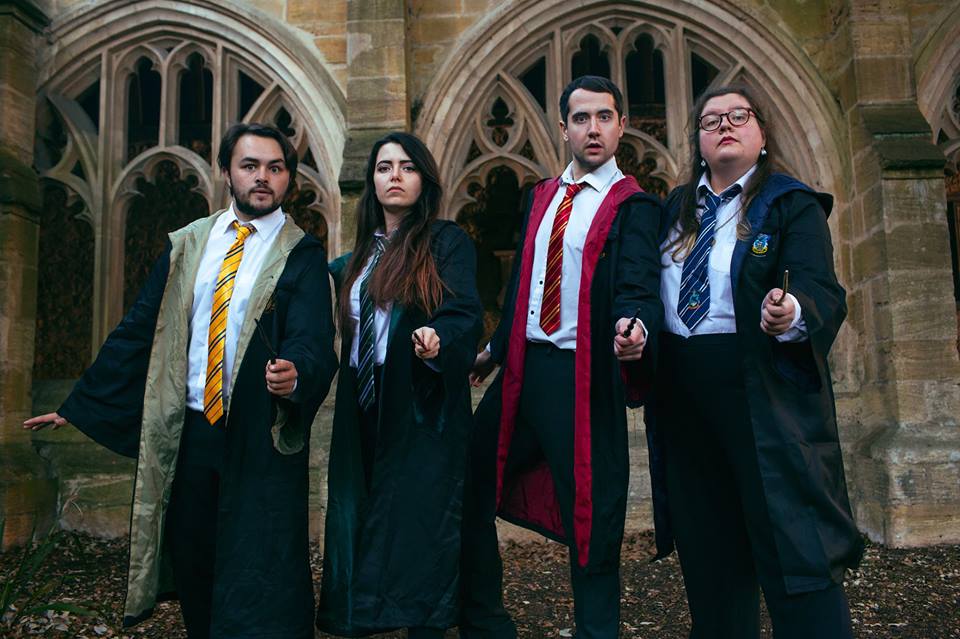Entering into its tenth year of community celebration and eclectic entertainment, the many venues of Burford Festival will, from Thursday 6 June, open their doors for a week and a half of concerts, open gardens, talks, workshops and performances. As arguably the most resplendent of Oxfordshire’s rural jewels, the ‘gateway to the Cotswolds’ and, according to Forbes, Europe’s sixth most idyllic place to live, most of us are well acquainted with Burford’s bucolic charm – but it’s only right to celebrate the town a little more, to mark the second decade of its annual celebration.
First, a little history. Burford (originally burh-ford, which translates in that typically catchy Old English way as ‘fortified settlement near the river’), was first populated between 700-900AD, during which time the area belonged not to the English state, but to the independent kingdom of Mercia. By the time of the Domesday Book, burh-ford was a buzzing and thriving metropolis of 200 people. We can only speculate on the vitality of the restaurant scene and availability of car parking at the time.
During this time, as with much of the surrounding area, the citizens of Burford were primarily farming families. This began to change in the twelfth century, when the town was given a market charter, and traders began to settle. Burford’s population grew to over a thousand, and new styles of building were introduced to accommodate the greater influx of visitors. These ‘burgage plots’, including those that retreat away from High Street, remain extant to this day.
Burford’s primary purpose as a market town endured for another 400 years, until much of the land was reclaimed for agricultural purpose during the heyday of the wool industry in the Elizabethan era. During the eighteenth century, tanning (that’s leather, not sunbeds) became Burford’s most lucrative industry, which in turn led to the rise of breweries to satiate the workers’ thirst.
During the age of the stagecoach, Burford’s fortunate location on a crucial crossroads, connecting all four sides of the compass, gave the town a steady flow of visitors, keeping innkeepers and local traders prosperous. Unfortunately for them, the construction of a crucial train line was relocated to Charlbury, and Burford’s residents endured a rare economic downturn. It was only the introduction of motor vehicles, a few decades later, which returned the town to the prosperity to which it had become accustomed.
In recent times, of course, Burford has enjoyed a thriving reputation amongst tourists from near and far, with its wealth of boutiques, eateries, galleries, delicatessens and pubs. Much of the town’s success can be attributed to its uniquely preserved buildings – back in 1876, William Morris was moved to establish the Society for the Preservation of Ancient Buildings after a visit to Burford. Part of Morris’ motivation to found the society can be attributed to his witnessing the removal of medieval decor from St John the Baptist Church by the vicar. On hearing Morris’s objections, the vicar retorted, “This church, sir, is mine, and if I choose to, I shall stand on my head in it.”








